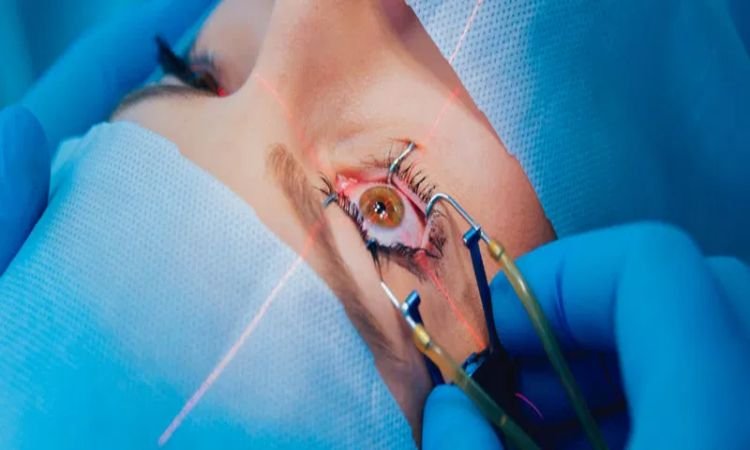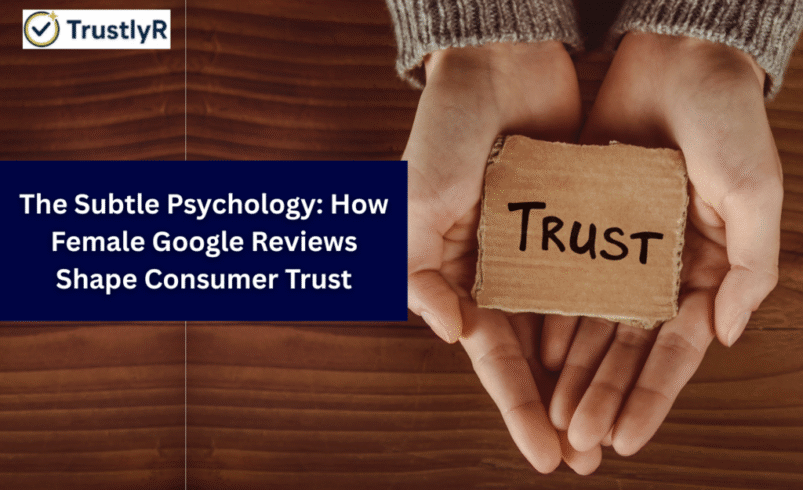LASIK Eye Surgery Recovery Timeline: What to Expect Week by Week

If you’re considering LASIK surgery, it may be helpful to know what to expect in the first weeks or months after surgery. The good news is that most people can see well fairly quickly. However, the healing process continues for months. You may notice little changes each day that bring you closer to a clear vision. By following the care steps properly, your eyes will heal appropriately and thoroughly. Let’s take a look at a realistic week by week timeline so you know what to expect:
Day of Surgery and First 48 hours
Right after the procedure, your eyes will feel gritty, watery, or like there is something in them. You will go home the same day and should rest with your eyes closed for a few hours. Wear the protective shield at night and use prescribed drops exactly as directed. Avoid rubbing your eyes and skip makeup or creams near your eyes. You will likely notice vision is blurry at first, but often improves within a day or two.
Week 1
After LASIK surgery, this week is about protection and tiny improvements. You may have light sensitivity, some ghosting around lights, and dry eyes that come and go. Wearing sunglasses outdoors can make you more comfortable during this stage. Additionally, do not swim, take steam, or use saunas. Most people have a follow-up the day after and again within the first week, so the team can check healing and provide additional care, if needed.
Weeks 2 to 4
By the second week, most people return to regular noncontact work and can resume light exercise. Vision keeps improving, and the scratchy feeling usually fades. Night glare or halos may still appear, but lessen each week. Continue using lubricant drops and follow any activity limits as advised by the surgeon. Try to take short breaks from screens to reduce eye strain.
Weeks 5 to 12
After LASIK surgery, your vision becomes steadier and clearer. Some people also notice their night vision getting clearer during this time. Thus, many people stop using medicated drops and rely on lubricants only. Dry eyes can continue for a few months for some people, so be patient. Your doctor will schedule fewer follow-up visits once your eyes show steady healing.
Three to Six Months
Most people achieve stable vision within three to six months. So, many people become comfortable living their daily lives without the need for glasses or contact lenses. It’s uncommon, but some may need small adjustments. If you notice sudden pain or changes in your sight, reach out to your surgeon right away. Ongoing check-ups during this time ensure your eyes are healing as expected.
A crucial aspect of your recovery is the clinic and doctors you choose, so make sure to go to reputable ones, such as Dr Agarwals, that provide the necessary support and care. Remember, every recovery is unique and depends on your individual circumstances and how well you follow the care steps. Keep your follow-up schedule and ask questions at every appointment or call. If you want detailed procedure notes or technique options, your surgeon will explain which choice fits you best.




